Scientists are using decorated nanoparticles to precisely target tumors with chemotherapy, effectively reducing side effects.
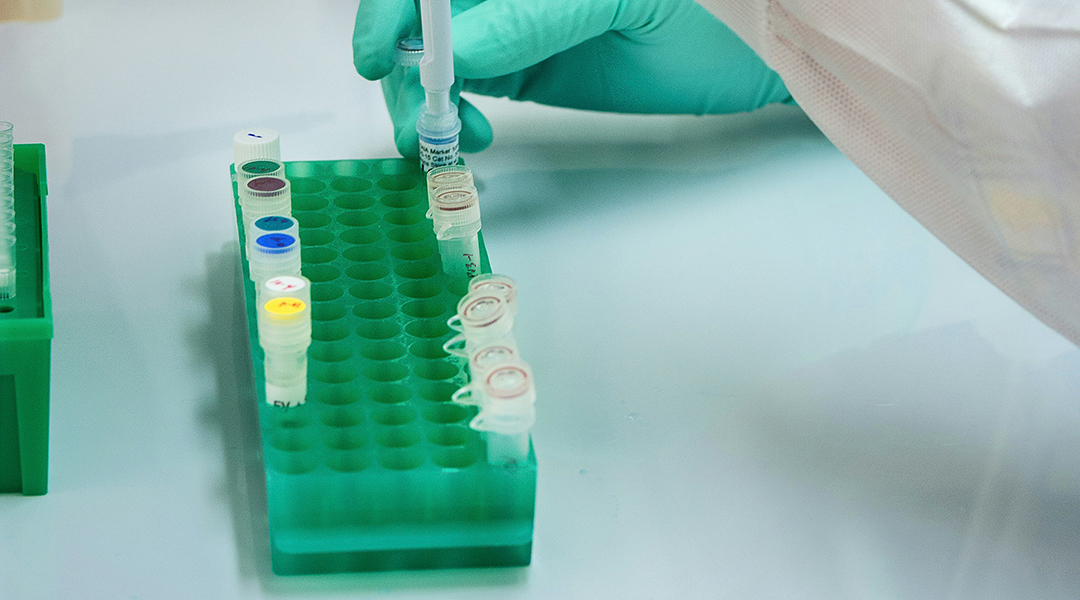

Scientists are using decorated nanoparticles to precisely target tumors with chemotherapy, effectively reducing side effects.

This new class of antivirals could unlock treatment for viruses beyond just dengue that have been challenging to treat in the past.

This material absorbs more than 99% of the light that strikes it, making it useful in applications ranging from solar energy to astronomy.
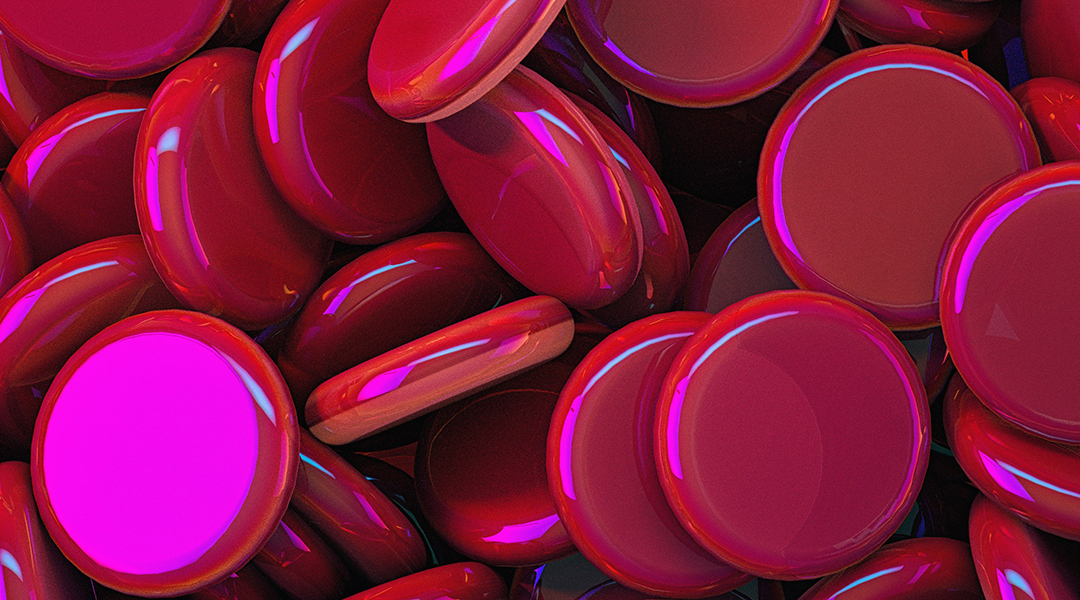
Understanding the placebo effect could lead to pain management therapies that are more effective than opioids without causing addiction.
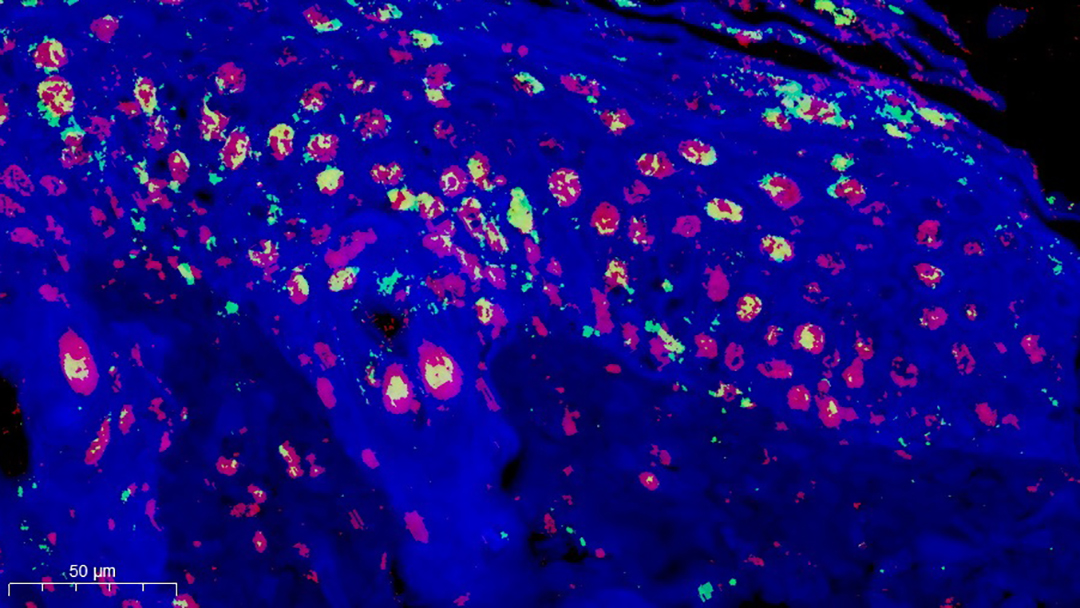
Zwitterionic hydrogels boost healing in diabetic wounds by balancing the immune response, reducing inflammation, and promoting tissue growth.
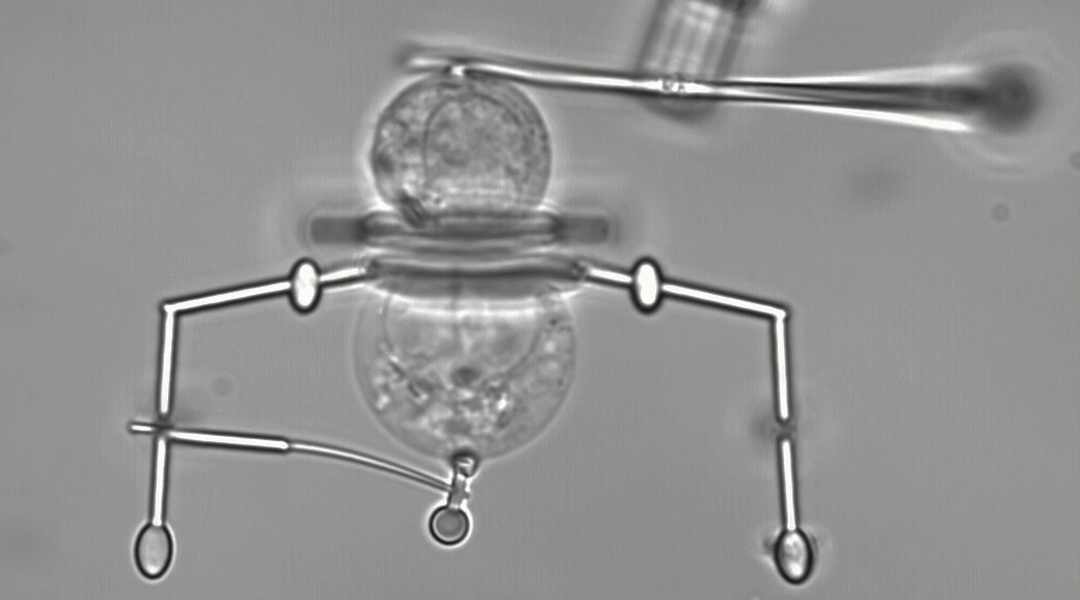
Fitted with nanoscale grippers, these microrobots offer new opportunities for imaging and manipulating single cells.
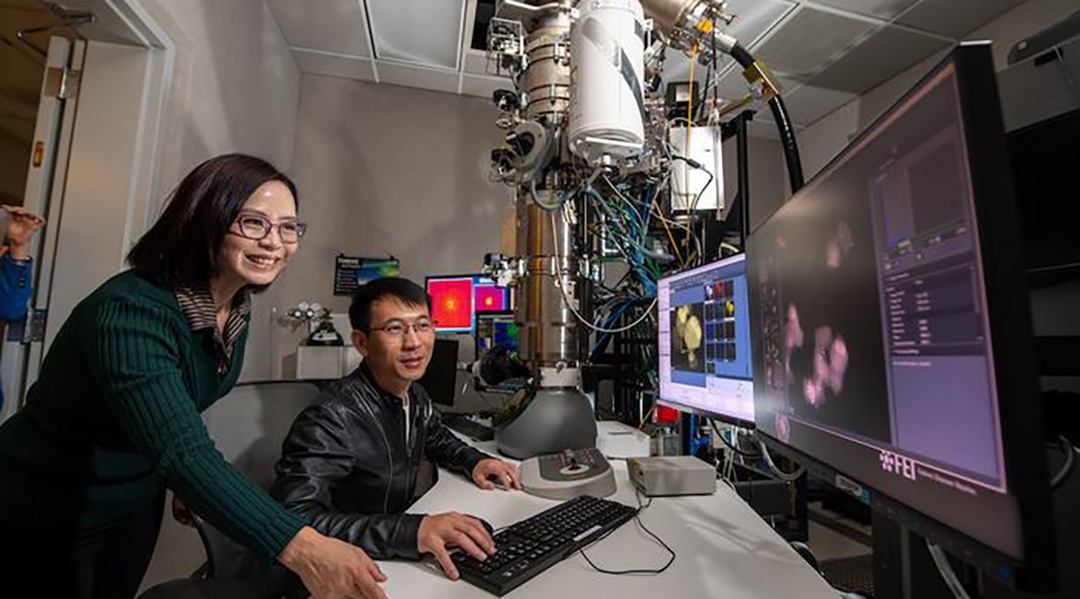
New technology allows researchers to study electrochemical processes at the atomic level with new insights into a widely used catalyst.
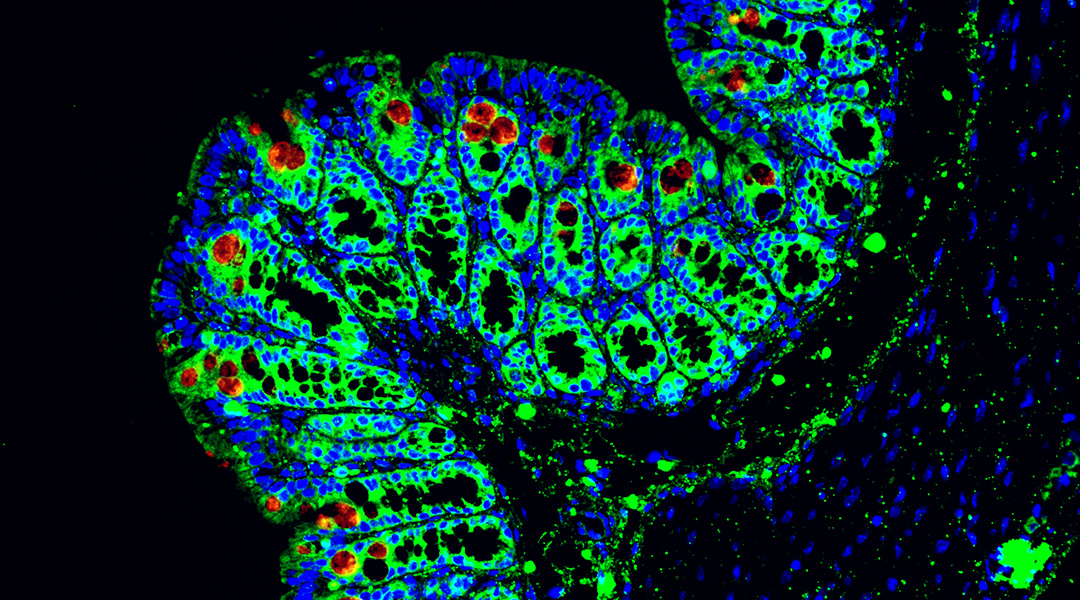
Scientists discover interactions between gut bacteria and immune cells that cause inflammatory bowel disease in glycogen storage disease.

Lab-made model of human blood vessels provides accurate insights into effects of snake venom and could help develop new antivenoms.

Scientists are approaching disease and diagnosis in a new way, leverage big data to provide better options for both clinicians and patients.